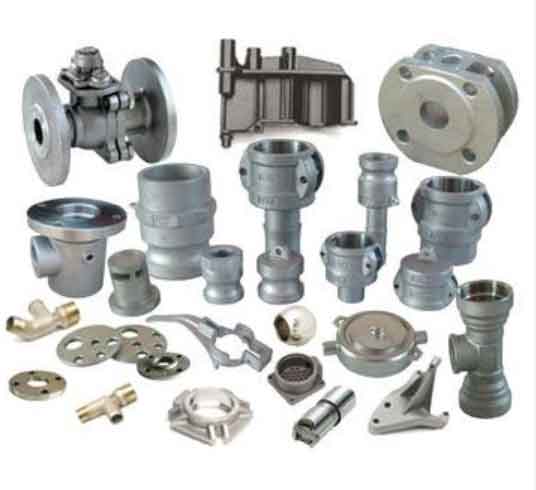Sand casting, as a traditional technique, continues to find a wide range of modern applications due to its versatility and cost-effectiveness. While newer casting methods like investment casting or die casting have gained popularity, sand casting remains a preferred choice for many industries. Here are some examples of its modern applications:

- Automotive Industry:
- Sand casting is extensively used in the automotive industry for the production of engine blocks, cylinder heads, transmission cases, and other critical components.
- The ability to cast complex shapes and accommodate various alloys makes sand casting suitable for producing engine parts with intricate designs and precise specifications.
- Aerospace Industry:
- Sand casting plays a vital role in the aerospace industry, where it is utilized for manufacturing components such as turbine blades, engine casings, and structural parts.
- The flexibility of sand casting allows for the production of large and complex aerospace components that require specific alloy compositions and precise geometries.
- Heavy Machinery and Equipment:
- Sand casting is widely employed in the production of heavy machinery and equipment components, including gears, pulleys, pump housings, and construction machinery parts.
- The ability to cast large and robust parts economically makes sand casting an ideal choice for industries that require durable and heavy-duty equipment.
- Art and Sculpture:
- Sand casting is also embraced by artists and sculptors as a means to create intricate and unique metal sculptures.
- Artists can use sand molds to produce one-of-a-kind pieces or limited editions, incorporating various metals and alloys to achieve desired aesthetics and textures.
- Architecture and Ornamental Design:
- Sand casting finds applications in architectural and ornamental designs, where decorative metal elements are required.
- From ornate balusters and railings to intricate light fixtures and decorative hardware, sand casting allows for the production of custom-designed metal components to enhance architectural aesthetics.
- Industrial Machinery and Equipment:
- Sand casting is employed in the production of various industrial machinery and equipment components, such as pumps, valves, compressors, and machine tool parts.
- The ability to cast complex shapes and accommodate different alloys enables the manufacturing of specialized parts tailored to specific industrial applications.
- Artifacts and Reproductions:
- Sand casting is utilized in the creation of historical artifacts, reproductions, and restoration work.
- Museums, historical societies, and restoration projects often employ sand casting to recreate intricate metal pieces and restore antique items to their original glory.
The versatility and adaptability of sand casting make it a valuable technique for a wide range of applications. While newer technologies continue to emerge, sand casting remains a dependable and cost-effective choice, particularly when dealing with large, complex parts or limited production runs.
